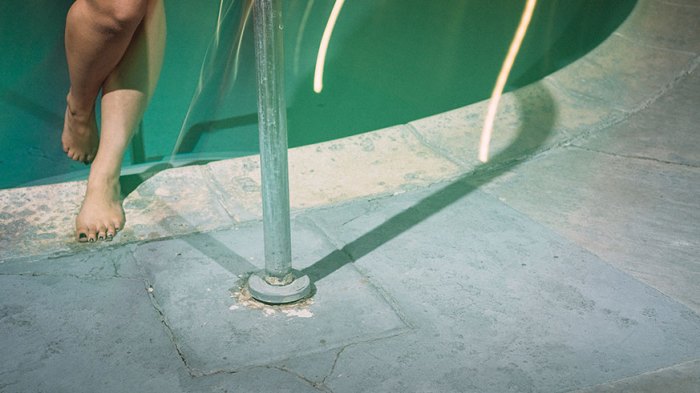Recent years have brought more awareness of DVT (deep vein thrombosis); it’s behind those recommendations that you get up and walk around during long plane flights or extended periods of sitting, to prevent potentially fatal blood clots from forming in your legs.
But did you know you can develop upper extremity DVT — and the culprit could be your backpack? Although rare — accounting for 3 percent of DVT diagnoses — UEDVT can happen in people who don’t fit the typical profile for DVT: meaning, generally younger, leaner and more active. In fact, it’s also called “effort thrombosis.”
“Most cases of effort thrombosis occur in young elite athletes with strenuous upper extremity activity,” said the medical journal Case Reports in Vascular Medicine in 2016, but that doesn’t mean it’s never seen in mere mortals. The journal reported on two cases of people who developed UEDVT: a 25-year-old barista who developed it after lifting 25-pound bags of coffee over her head, and a 67-year-old man who reported symptoms after a long game of bowling.
What are the symptoms of upper extremity DVT?
Arm pain, swelling, redness and warmth in a limb are typical. A misaligned muscle or bone can cause compression of a vein when the arm is rotated repetitively, which can cause clotting to develop. Doctors have reported the condition among people who engage in baseball, backpacking, swimming, hockey, martial arts — even billiards. It has also been reported in people with cancer, or people who have recently had IVs or catheters in an upper arm, or have pacemakers.
DVTs can be serious; if a clot breaks off and travels to the lung, a pulmonary embolism could result, which can be fatal.
But don’t freak out. No need to steer clear of the pool table — again, the condition is exceedingly rare. Just be aware of the symptoms: If you experience swelling or a cramplike pain in an arm, reddish skin coloration or a limb that feels hot to the touch, head to the ER to rule out an upper extremity DVT.























